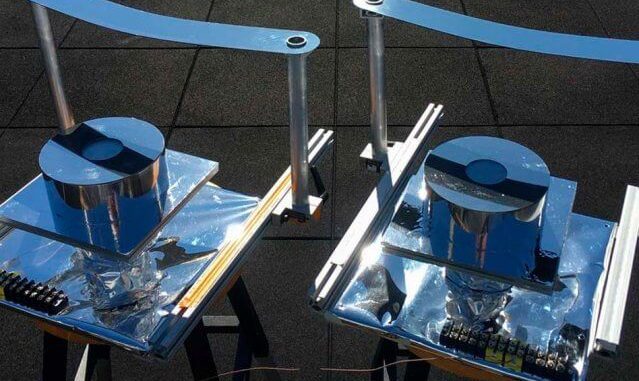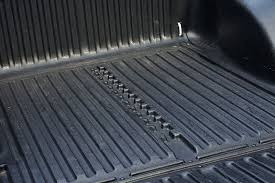A high-tech umbrella for cooling without electricity
A high-tech umbrella for cooling without electricity
A group of engineers at the Massachusetts Institute of Technology (MIT) has created an inexpensive and simple system that could reduce the temperature by up to 40 °C (104 °F).

For most of history, humans have had to manage to cool homes and food without a high-tech air conditioner or refrigerator.
Undoubtedly, the oldest and most basic system to mitigate the effect of the sun on our heads is the shade of a tree.
Another solution, present in the villages of the Mediterranean basin since time immemorial, is the use of white paint to reflect solar radiation.
Starting from this last premise, the technique of the passive diurnal radiative passive cooling
takes advantage of the reflective qualities of the materials and adds elements with infrared thermal emission capacity.
That is, capable of emitting more heat than they receive.
This requires quite sophisticated materials, often based on the latest technology. nanotechnology,
capable of selectively reflecting certain wavelengths of the solar spectrum and sending them back to outer space.
However, at MIT in the United States, they have opted to use very simple materials to achieve this type of cooling.
And the results of this technology project look encouraging.
In reality, the system developed by BikramBhatia
and the rest of its equipment is nothing more than an evolved version of the classic umbrella.
The secret lies in combining a base capable of emitting mid-infrared radiation and a reflector that blocks direct solar rays.
The arrangement of the reflective strip corresponds to the path of the sun,
The need for active tracking systems is therefore dispensed with.
Underneath, the researchers have installed a box with several elements that have different purposes.
On the one hand, there is the infrared emitterwhich is a copper foil painted white and deposited on an insulator.
Next, there would be two polyethylene sheets with a small air chamber that minimize the transmission of diffuse solar radiation.
Finally, the entire perimeter of the box is coated with a polished aluminum foil film.
to minimize parasitic radiant heat transfer, i.e. heat transferred from one surface to another.

The result of the tests was a reduction of 6 °C with respect to the ambient temperature.
However, the experiment was conducted in the Boston area, a coastal city with high humidity, a factor that blocks infrared emission.
The researchers estimate that in areas with lower humidity the efficiency of this technological project would be much higher,
with a maximum theoretical cooling up to 40 °C.
This simple device could be of great use in areas without access to electricity or
Pto complement other existing cooling systems and thus reduce electricity consumption.

Leave a Reply
You must be logged in to post a comment.